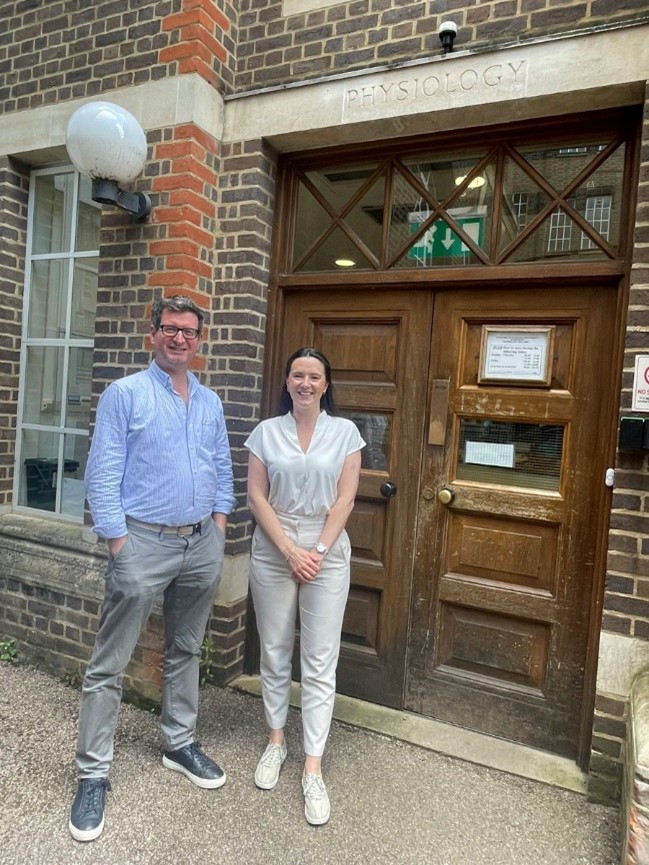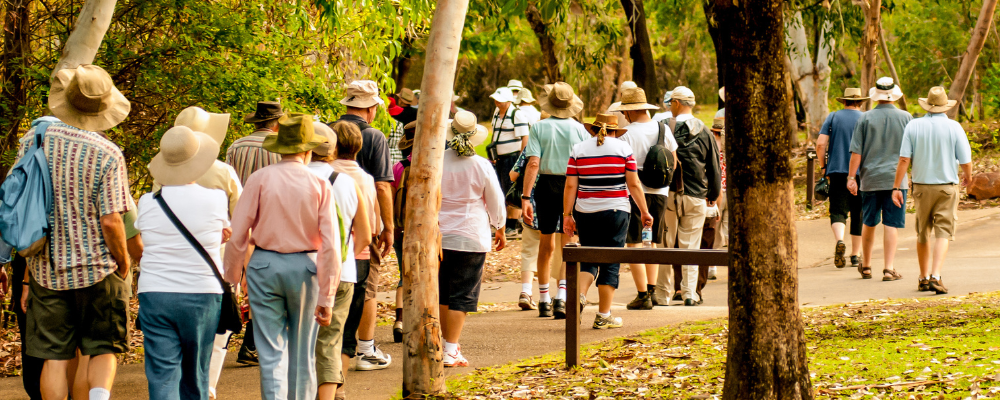
Prize Lecture: Identifying mechanisms of, and countermeasures to, muscle decline
Dr Colleen Deane, University of Southampton, UK
2024 R Jean Banister Prize Lecture recipient
What inspired your interest in skeletal muscle health? We asked Colleen Deane, Lecturer in Muscle Cell Biology and 2024 R Jean Banister Prize Lecturer, to share with us the steps she took in her career to research muscle adaptation and regeneration. Her projects on muscle decline and ageing formed her 2024 Prize Lecture, which she summarises for Physiology News.
“At school, my favourite topic was biology, I was constantly in awe of how finely tuned our body is at carrying out so many processes for function and survival. So, I combined my love of exercise with biology, and did a Sport and Exercise Science BSc and a similar themed MSc.”
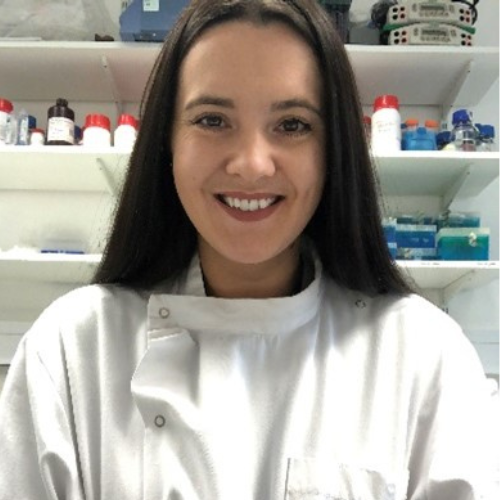
From a very young age, I have always been very active and loved playing sports. I was particularly fascinated by how our muscles adapt to the demands we place on them. At school, my favourite topic was biology, I was constantly in awe of how finely tuned our body is at carrying out so many processes for function and survival. So, I combined my love of exercise with biology, and did a Sport and Exercise Science BSc and a similar themed MSc.
Investigating muscle growth
During these degree’s, I was able to get some hands-on experience in a cell culture lab working with muscle cells under the fantastic supervision of Professor Adam Sharples (Norwegian School of Sport Sciences) and Dr David Hughes (OMRF). We measured how the hormone, testosterone, impacted muscle growth and investigated the genes associated with the observed hypertrophic effect. It was this experience, where I was able to perform research into how adaptable muscles are, that sparked my enthusiasm for muscle.
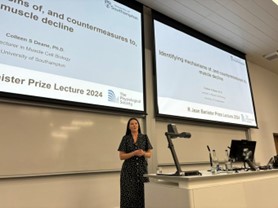
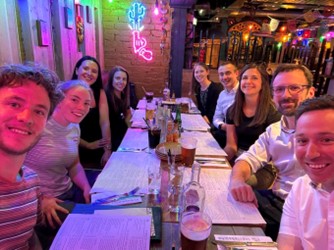
Colleen Deane presenting her R Jean Banister Prize Lecture at Heriot Watt University, UK, followed by a dinner celebration.
My path from undergrad to academic
I initially did an undergraduate in Sport and Exercise Science, followed by a Maters in Physical Activity, Nutrition and Health Promotion. I followed these with a Ph.D., which focused on understanding the metabolic and molecular mechanisms underpinning muscle regeneration following exercise in youth and older age. Thereafter, I completed multiple post-doc positions.
The first was investigating the impact of NAD+ precursor supplementation on muscle and mitochondrial health in older adults. The second investigated the mechanisms of and countermeasures for spaceflight-induced muscle decline, which involved sending worms to space as part of the first UK-led experiment to the International Space Station (ISS) – the Molecular Muscle Experiment (MME). I was also part of the science team that conducted a second experiment on the ISS, the MME2.
Realising the gap of traditional physiologists being able to handle ‘big data’, I applied for and was awarded a 3-year MRC Skills Development Fellowship to develop my bioinformatic skills and investigate the transcriptional basis of skeletal muscle atrophy and hypertrophy. After the completion of my fellowship, I took up my first academic position at the University of Southampton at the end of 2022. My research at University of Southampton continues to focus on how skeletal muscle adapts to ageing, spaceflight and disuse and how exercise and nutrition can help maintain/optimise muscle mass in these scenarios.
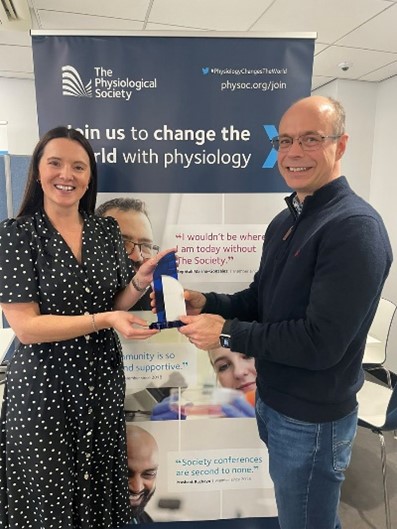
Colleen Deane, R Jean Banister Prize Lecture recipient presented with the trophy from Dr Matthew Lancaster at University of Leeds.
Prize Lecture on skeletal muscle, ageing and atrophy
The title of my talk was “Identifying mechanisms of, and countermeasures to, muscle decline”, which was purposfully broad so that I could discuss three different projects I had the pleasure of running as a post-doc and MRC Fellow. The first part of my talk set the scene, describing how skeletal muscle is the largest organ in the body with vital roles in locomotion and metabolism, however we lose it with age, and it becomes less responsive to resistance exercise training (RET).
The second part of my talk described a study in which we undertook a biologically driven transcriptional meta-analysis and identified altered mitochondrial networks to be associated with muscle atrophy, and extracellular matrix, immune and inflammatory networks to be associated with impaired adaptation to RET in older muscle.
The third part of my talk discussed a proteomic investigation we conducted, in which we found RET was able to increase mitochondrial protein networks in older adults, but the NAD+-associated processes were seemingly unresponsive.
In the final part of my talk, I discussed a human clinical trial we ran, investigating the effects of a nicotinamide adenine dinucleotide (NAD+) precursor, which acts via the Preiss-Handler pathway, on muscle and miotochondrial function in older adults. We found that two weeks supplementation altered carbohydrate, citric acid cycle and electron transport genes, and upregulated NAD+-related pathways, indicating metabolic programming.
The key take home points were:
- Mitochondria associate with the atrophy and hypertrophy phenotype
- Mitochondria associate with adaptation to RET
- NAD+ precursors, which act via the Preiss-Handler pathway, may be an avenue to impact the mitochondria in humans
